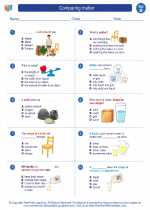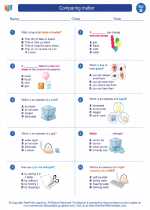Thermoregulation
Thermoregulation is the process by which an organism maintains its internal body temperature within a certain range, despite changes in the external temperature. This is an important process for all living organisms, as maintaining the right body temperature is essential for their survival and normal bodily functions.
Key Concepts
1. Homeostasis: Thermoregulation is a key aspect of homeostasis, which is the body's ability to maintain a stable internal environment despite external changes.
2. Temperature Regulation Mechanisms: The human body uses several mechanisms to regulate its temperature, including sweating, shivering, vasodilation, and vasoconstriction.
3. Temperature Regulation in Animals: Different animals have different ways of regulating their body temperature. For example, some animals, like reptiles, rely on external heat sources to regulate their body temperature, while others, like mammals, can generate their own body heat through metabolic processes.
Study Guide
- Define thermoregulation and explain why it is important for living organisms.
- Describe the concept of homeostasis and its relationship to thermoregulation.
- Explain the different mechanisms used by the human body to regulate its temperature, including sweating, shivering, vasodilation, and vasoconstriction.
- Compare and contrast the methods of temperature regulation in different types of animals, such as reptiles and mammals.
- Discuss the potential implications of disruptions in thermoregulation, such as heat stroke or hypothermia, on the human body.
◂Science Worksheets and Study Guides Second Grade. Comparing matter

 Activity Lesson
Activity Lesson
 Worksheet/Answer key
Worksheet/Answer key
 Worksheet/Answer key
Worksheet/Answer key
 Worksheet/Answer key
Worksheet/Answer key
 Vocabulary/Answer key
Vocabulary/Answer key
